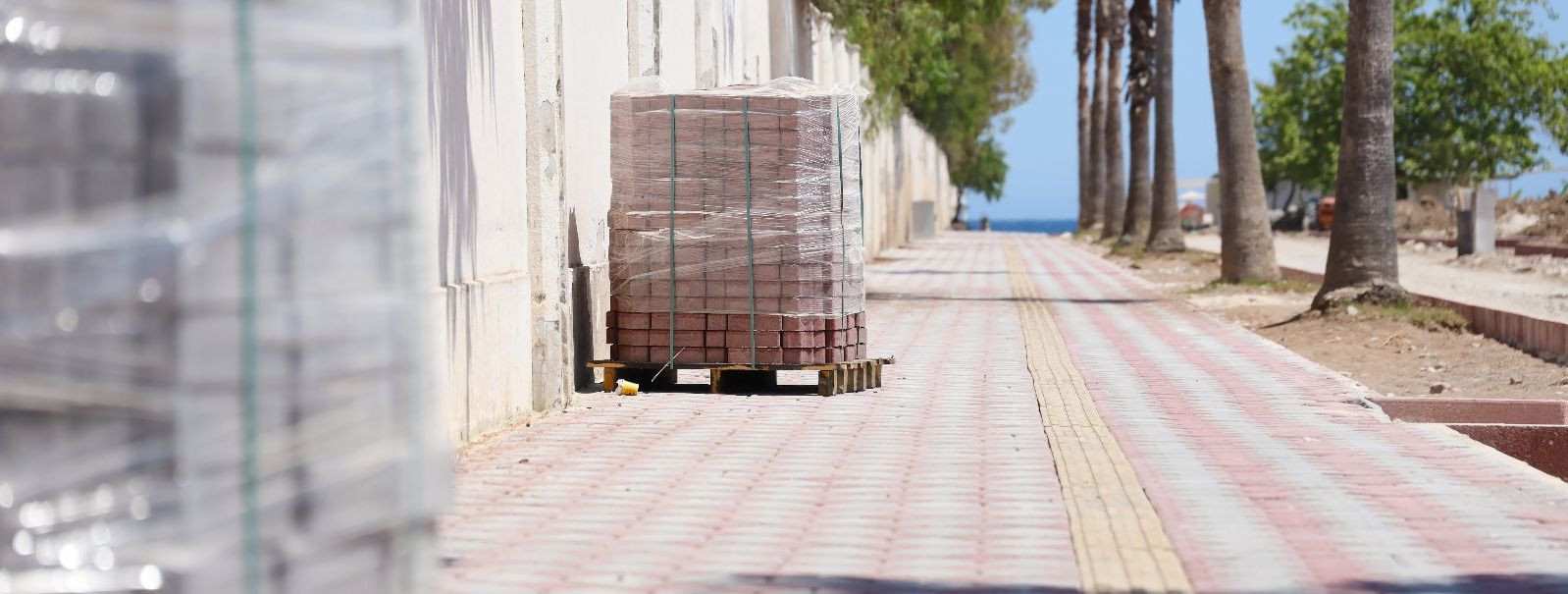The art of crafting durable streets with stone installation
When it comes to urban planning and development, the durability of street surfaces is a paramount concern. Streets must withstand the test of time, weather conditions, and constant use. Durable streets contribute to a city's infrastructure stability, economic efficiency, and overall aesthetic appeal.
Stone has been a preferred material for street construction for centuries due to its natural strength, resilience, and versatility. With modern advancements, stone installation has evolved, allowing for more intricate designs and longer-lasting surfaces.
Planning and Design Considerations
Before embarking on a stone street installation project, it is crucial to understand the local environment. Factors such as climate, soil composition, and topography play significant roles in determining the appropriate stone and installation methods.
Selecting the right stone involves considering load-bearing capacity, slip resistance, and compatibility with the local environment. The variety of stones available—granite, limestone, sandstone, and more—offers a range of options for different applications.
Designing stone streets is not just about functionality but also about enhancing the visual appeal of the area. The choice of patterns, colors, and textures can transform a utilitarian space into a work of art.
Preparation and Foundation Work
Proper site preparation is essential for a successful stone installation. This includes excavation to the required depth, ensuring a level base, and accounting for load distribution.
A solid foundation is the bedrock of any durable street. Materials such as compacted gravel and sand are used to provide stability and support for the stone pavers.
Effective drainage systems are vital to prevent water accumulation and potential damage. Additionally, planning for utilities and other underground services is necessary to avoid future disruptions.
Stone Installation Techniques
Laying patterns not only contribute to the aesthetic but also to the structural integrity of the street. Interlocking systems can enhance stability and distribute loads evenly.
Professional installation ensures precision and longevity. Experienced installers use techniques that align stones perfectly and secure them in place to withstand heavy traffic and environmental stressors.
Regular maintenance, including cleaning, sealing, and checking for movement or damage, is crucial for preserving the street's integrity over time.
Advanced Technologies in Stone Installation
Technological advancements have improved the way stones are processed, cut, and shaped, allowing for more efficient and precise installations.
Automation in stone laying, such as the use of machines for precise placement, can speed up the installation process and reduce labor costs.
Sustainable construction practices, including the use of locally sourced materials and recycling of stone, contribute to the environmental responsibility of street projects.






Comments (0)